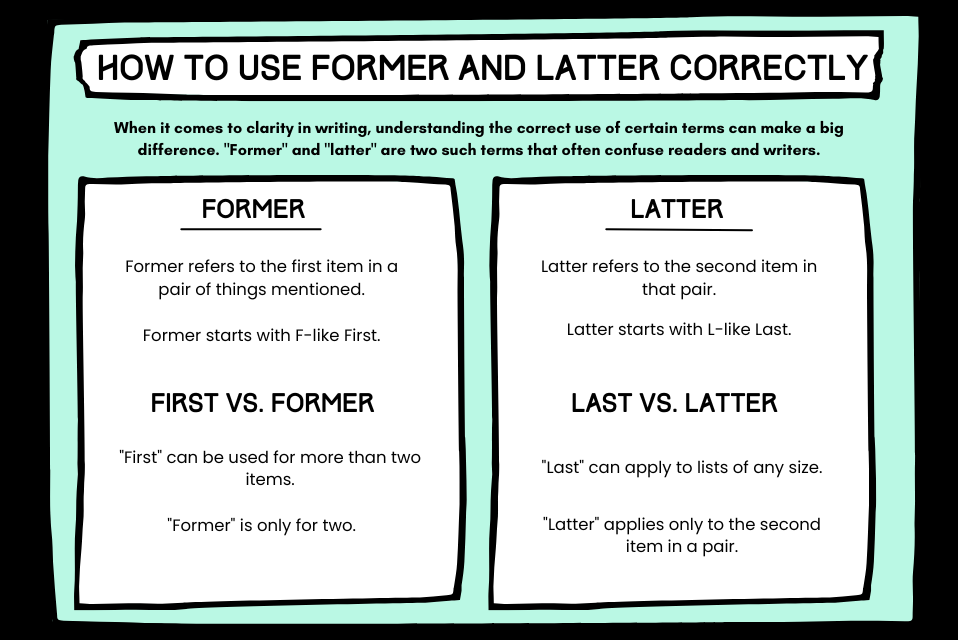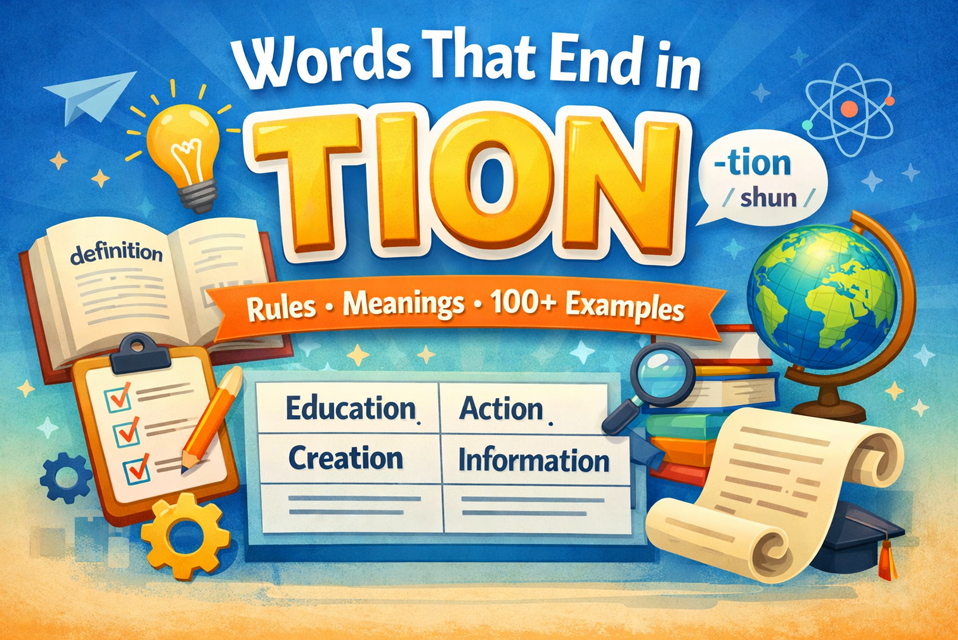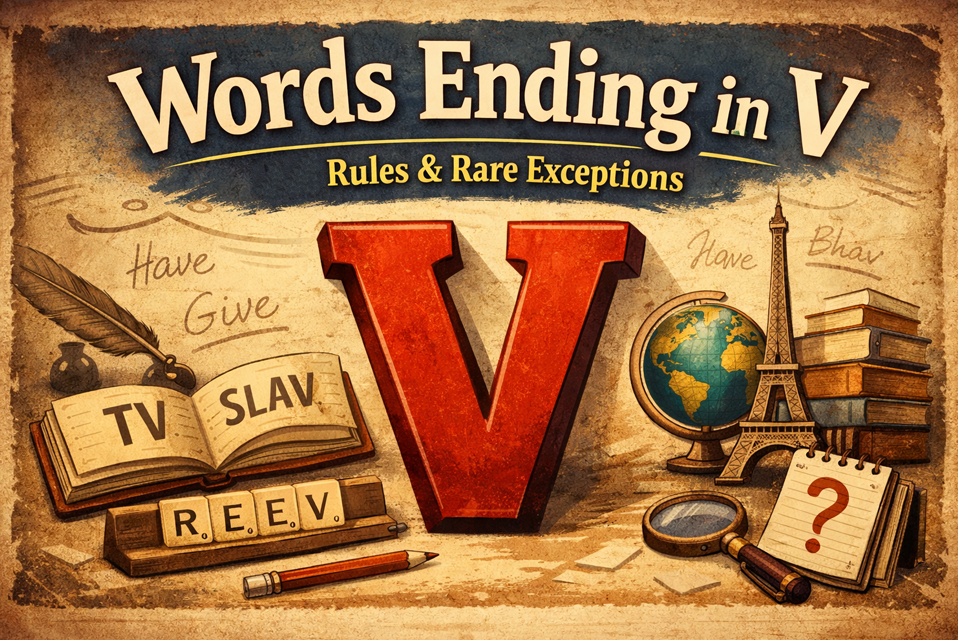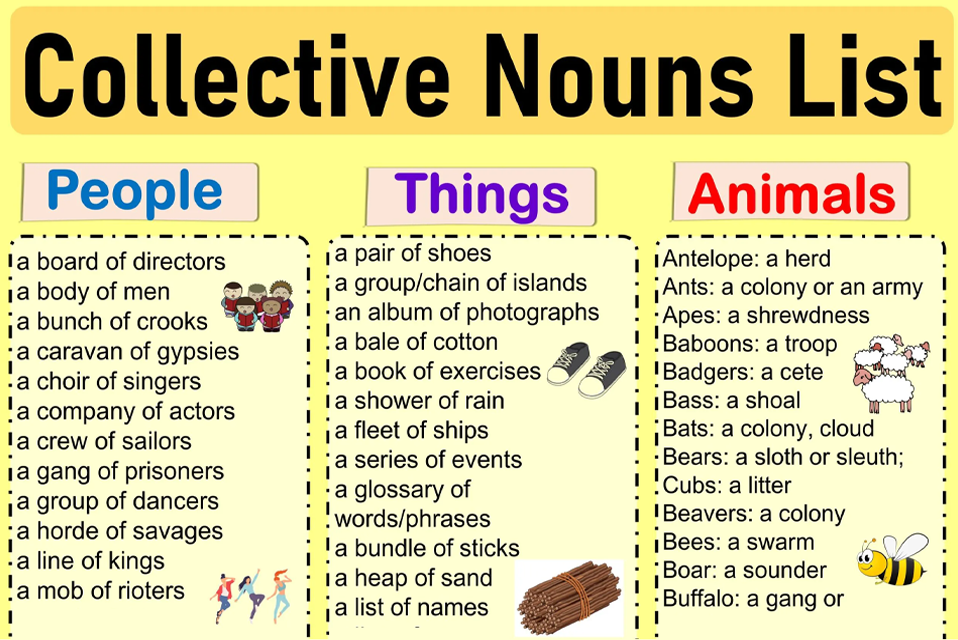English learners often struggle with confusing English words that look similar but carry different meanings. Two of the most commonly misused words are former and latter. At first glance, they seem interchangeable, but in grammar, they have distinct roles. Knowing how to use former and latter correctly improves your clarity, prevents common grammar mistakes, and enhances your writing skills.
In this detailed English usage guide, we’ll explore the difference between former and latter, explain their meanings, give real-world examples of former and latter in sentences, and compare them with other commonly misused words in English like earlier and later. By the end, you’ll confidently apply these grammar rules in essays, communication, and professional writing, while also learning how to improve vocabulary in writing for clearer and more effective expression.
What Do Former and Latter Mean?
Former
- Former refers to the first of two items mentioned in a sentence.
- It helps avoid repetition and makes your writing more concise.
Example:
- Between tea and coffee, I prefer the former. (former = tea)
Latter
- Latter refers to the second of two items.
- It is especially useful in formal writing when comparing ideas.
Example:
- Between Ali and Ahmed, the latter scored higher. (latter = Ahmed)
Key Grammar Rule: Use former for the first item, latter for the second item, and only when there are two choices.
Former vs Latter: The Key Difference
To understand the difference between former and latter, see this simple comparison:
| Word | Refers To | Example | Meaning |
|---|---|---|---|
| Former | First of two | Between physics and chemistry, I like the former. | Physics |
| Latter | Second of two | Between reading and writing, the latter is harder. | Writing |
Unlike earlier and later (which show time), former and latter indicate order.
When to Use Former and Latter in Sentences
Grammar Rules for Correct Usage:
- Only use with two options.
- Place them immediately after both items are introduced.
- Best used in academic writing, business reports, and essays.
- Avoid overuse in casual conversations use first one or second one instead.
Examples in Academic Writing:
- Between qualitative research and quantitative research, the latter provides measurable results.
- While democracy and autocracy have flaws, the former better protects freedom.
Examples in Daily Communication:
- Do you prefer mountains or beaches? I like the latter.
- Between watching movies and reading books, the former relaxes me more.
By following these English grammar rules explained, your writing will become sharper and clearer.
Common Mistakes with Former and Latter
Using with more than two items
- Wrong: Among tea, coffee, and juice, I like the latter.
- Correct: Among tea, coffee, and juice, I like the last one.
Confusing with “earlier” and “later”
- Wrong: He came former than his friends.
- Correct: He came earlier than his friends.
Overuse in casual English
While grammatically correct, overusing them in spoken English sounds stiff. Instead, say:
- I like the first option.
- I prefer the second choice.
Former and Latter Examples in Writing
Using examples of former and latter in different contexts helps reinforce understanding:
Business Example
- Between remote work and office work, the former provides flexibility.
Essay Example
- While Shakespeare and Marlowe shaped English drama, the latter is less studied.
Storytelling Example
- Ali admired both wisdom and bravery in his leader; the latter inspired him more.
Former vs Latter vs Earlier vs Later
Students often confuse these sets of words. Let’s break it down:
| Word | Usage Type | Example | Meaning |
|---|---|---|---|
| Former | Order (first of two) | Between summer and winter, I prefer the former. | Summer |
| Latter | Order (second of two) | Between cats and dogs, the latter is friendlier. | Dogs |
| Earlier | Time (before) | He arrived earlier than expected. | Came before |
| Later | Time (after) | She called me later in the day. | Came after |
Always remember: former/latter = order, earlier/later = time.
Grammar Rules and Word Choice Tips
To avoid grammar mistakes with these words, follow these tips:
- Only for two choices.
- Useful in formal writing and essays.
- Avoid in casual speech unless necessary.
- Alternatives: first/second one, initial/final, previous/next.
Word Choice Tip: If your sentence feels confusing with former and latter, rewrite it for clarity. Clear writing always beats complicated grammar.
Read more: passive voice in English
Exercises: Practice Using Former and Latter
Exercise 1: Fill in the blanks
- Between apples and bananas, I prefer the ______.
- While poetry and prose are beautiful, the ______ requires more discipline.
- Between reading and watching TV, the ______ sharpens the mind.
(Answers: 1. former, 2. latter, 3. former)
Exercise 2: Sentence Correction
- Wrong: Among red, blue, and green, I like the latter.
- Correct: Among red, blue, and green, I like the last one.
Exercise 3: Choose the right option
- Between car and bike, the ______ is faster.
- (a) former
- (b) latter
(Answer: latter)
These grammar worksheets and practice questions help learners strengthen their understanding.
Conclusion:
Learning how to use former and latter correctly is essential for clear and professional communication. The word former always refers to the first of two items, while latter refers to the second, and they should never be used when more than two choices are present. Many learners confuse them with earlier and later, but the difference is that former and latter indicate order, while earlier and later indicate time.
By understanding these simple grammar rules, avoiding common grammar mistakes, and practicing with real examples of former and latter in sentences, you can improve your English usage, strengthen your word choice, and make your writing more precise. Consistent practice with grammar worksheets, writing tips, and exercises including topics like the correct use of passive voice in English will help you avoid confusion and use these words naturally in both academic writing and daily communication.
FAQs about How to Use Former and Latter Correctly
1. Can I use “former” and “latter” when mentioning more than two things?
No. These terms are only appropriate when referring to exactly two items. For three or more, use “the first,” “the second,” “the third,” etc.
2. Are “former” and “latter” formal words?
Yes, they are more common in formal writing (e.g., essays, reports). In casual or spoken English, it’s clearer to name the items directly.
3. Can I use “former” and “latter” in speech?
You can, but use them carefully. Without a written reference point, listeners might find it confusing. It’s often clearer to repeat the actual items.
4. How do I remember which is which?
Former starts with F, like First
Latter starts with L, like Last







